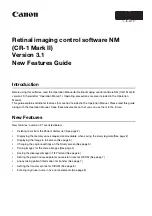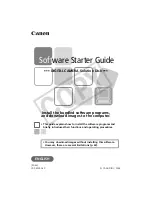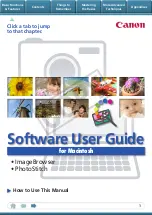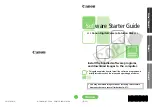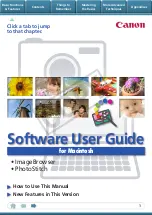
78
Chapter 4. Red Hat Network Website
•
Earliest
— The earliest day and time the action will be performed.
•
Succeeded
— Number of systems on which this action was successful.
•
Failed
— Number of systems on which this action has been tried and failed.
•
In Progress
— Number of systems on which this action is taking place.
•
Total
— Total number of systems on which this action has been scheduled.
4.7.5.1. Action Details
If you click on the name of an action, the
Action Details
page appears. This page contains the follow-
ing tabs:
•
Details
— General information about the action. This is the first tab you see when you click on an
action. It displays the action type, scheduling administrator, earliest execution, and notes. Clicking
the Errata name takes you to the
Errata Details
page. Refer to Section 4.5.2.2
Errata Details
for
more information.
•
Completed Systems
— List of systems on which the action has been successfully undertaken.
Clicking a system name takes you to its
System Details
page. Refer to Section 4.4.2.6
System
Details
for more information.
•
In Progress Systems
— List of systems on which the action is now being undertaken. To cancel an
action, select the system using the appropriate checkbox and click the
Unschedule Action
button.
Clicking a system name takes you to its
System Details
page. Refer to Section 4.4.2.6
System
Details
for more information.
•
Failed Systems
— List of systems on which the action has been attempted and failed. Clicking a
system name takes you to its
System Details
page. Refer to Section 4.4.2.6
System Details
for more
information.
4.8. Users
Only Organization Administrators can see the
Users
tab on the top navigation bar. If you click the
Users
tab, the
Users
category and links appear. These pages enable you to grant and edit permissions
for those who will administer your system groups. Click in the
User List
to modify users within your
organization.
4.8.1. User List
As shown in Figure 4-8, each row in the
User List
represents a user within your organization. There
are three columns of information for each user:
•
Username
— The login name of the user. If you click on a username, the
User Details
page for the
user is displayed. Refer to Section 4.8.1.2
User Details
for more information.
•
Real Name
— The full name of the user (last name first).
•
Roles
— List of the user’s privileges, such as Organization Administrator, Channel Administrator
and normal user. Users can have multiple roles.
•
Last Sign In
— Shows when the user last logged into RHN.
Summary of Contents for NETWORK 3.2 - PROVISIONING
Page 1: ...Red Hat Network 3 2 Provisioning Reference Guide...
Page 6: ......
Page 16: ...6 Chapter 1 What is Red Hat Network...
Page 48: ...38 Chapter 3 Red Hat Network Alert Notification Tool...
Page 106: ...96 Chapter 6 Red Hat Network Registration Client...
Page 114: ...104 Appendix A Command Line Config Management Tools...
Page 118: ...108 Appendix B RHN API Access...
Page 124: ...114 Glossary...































